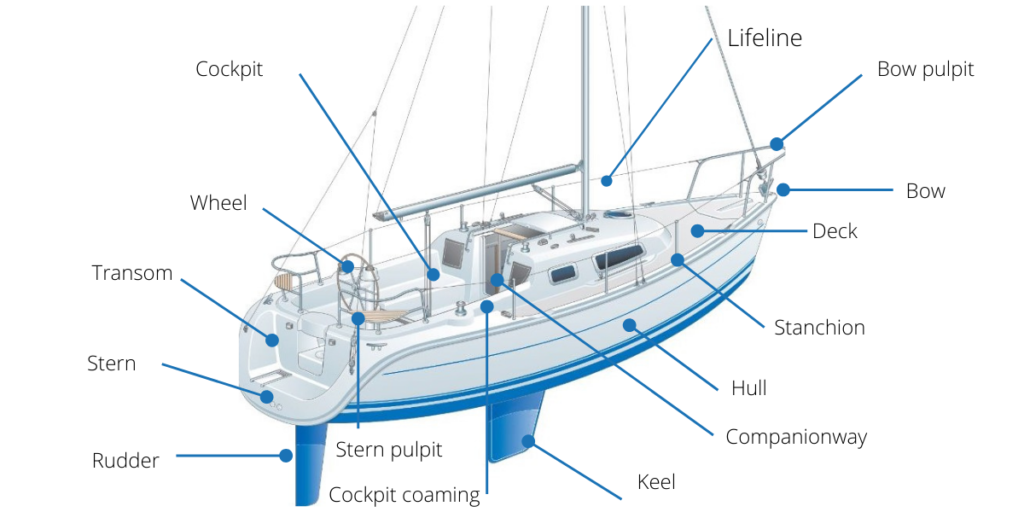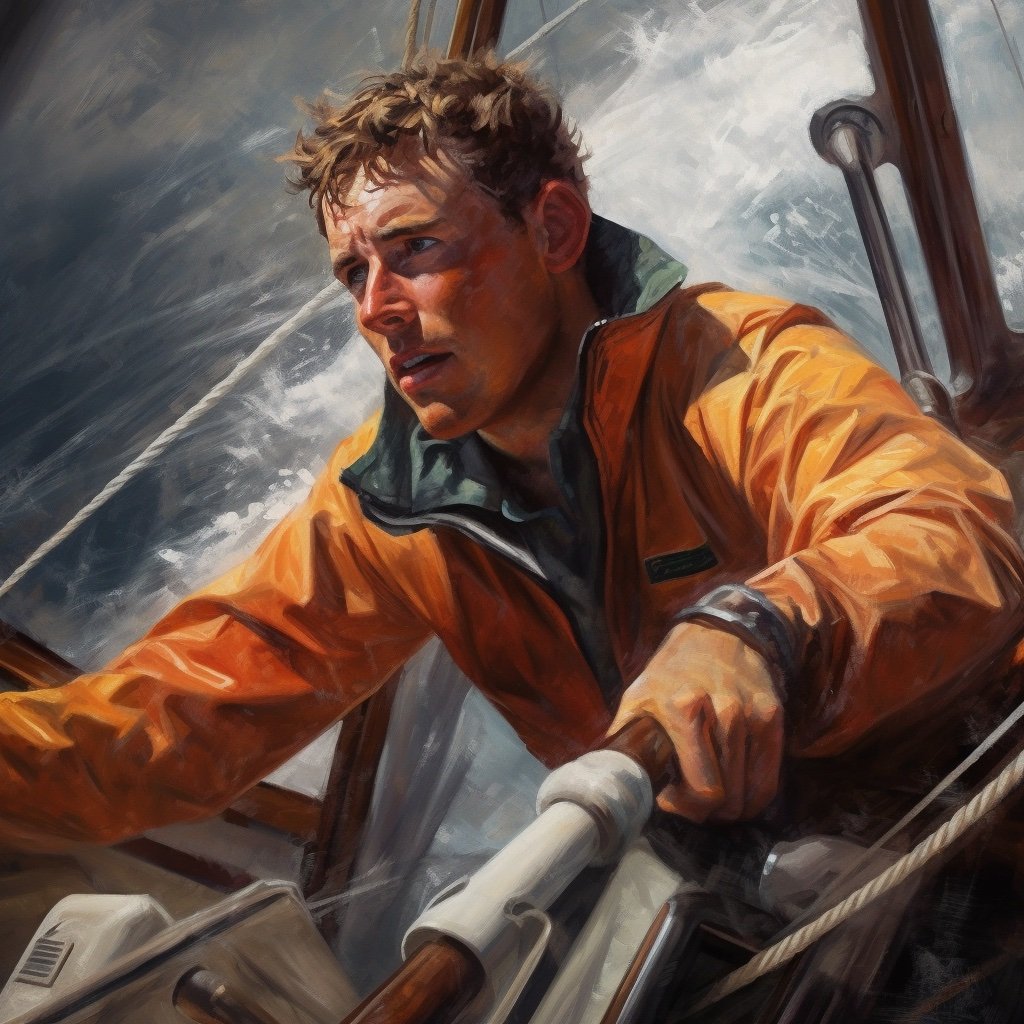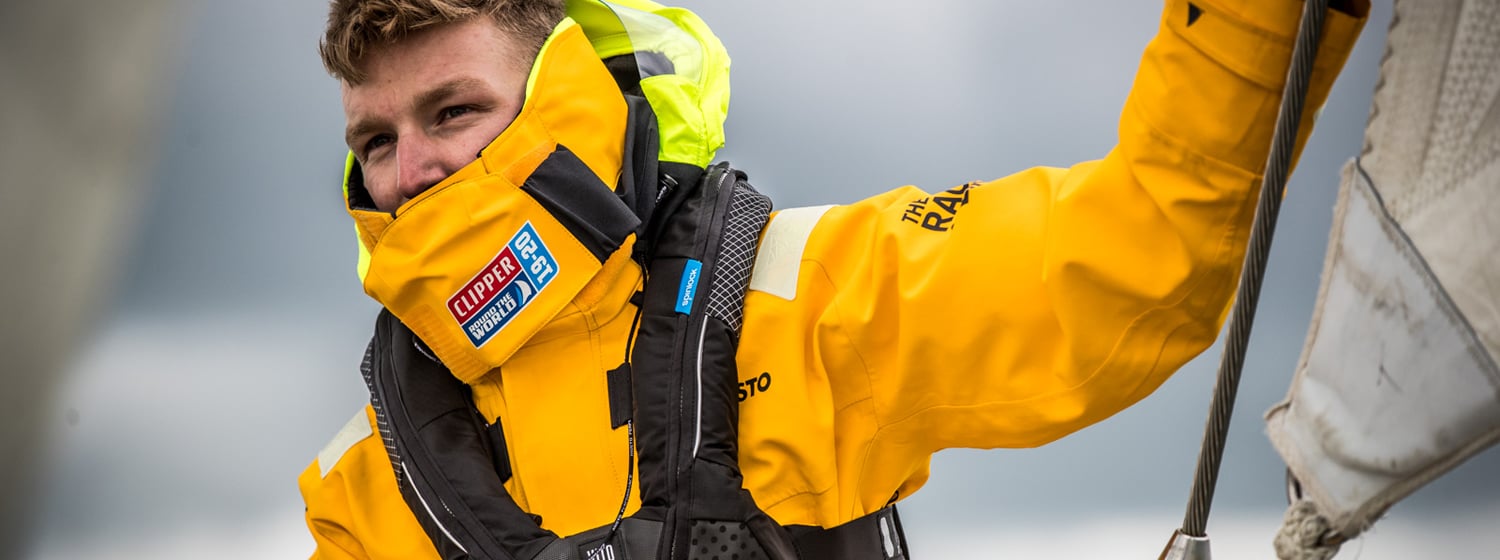The Genesis of Your Sailing Journey
"Why sailing?" you may ask. Why not snorkeling, or climbing, or simply lounging on some beach somewhere with a cocktail in hand? Well, sailing offers a unique cocktail of adventure, freedom, and zen. It's you, your vessel, the wind, and the endless cerulean blue. Sailing unchains you from the earthly tethers, leaving you free to chart your own course, navigate by the stars, or simply go where the winds of curiosity may guide you.
And the best part? Everyone starts at the same place – as a sailing virgin. The seas don't care if you're a lawyer, a barista, an entrepreneur, or a beekeeper; in the eyes of the ocean, we're all equal. This post is here to guide you, aspiring sailor, on the initial steps towards your first sailing adventure.

Understanding Sailing: Basic Terminology
Before we dip our toes into the water, it's essential to familiarize ourselves with some basic sailing lingo. Don't worry; we're not going to drown you in sailor speak. Just a few key terms to get us started:
- Bow – the front of the boat.
- Stern – the rear of the boat.
- Port – the left side of the boat when you're facing forward.
- Starboard – the right side of the boat when you're facing forward.
- Helm – the wheel or tiller controlling the rudder.
- Rudder – the part of the boat that steers.

This might seem overwhelming at first, but remember, even the most seasoned sailor started with these basics. And don’t worry if you don’t memorize them right away. As with any new language, immersion is the best teacher, and you’ll be fluent before you know it.
Learning the Ropes: Basic Skills Every Sailor Should Know
You've gotten a taste of the language, and now you're probably wondering about the practical part. What are the fundamental skills every sailor should know?
Let's start with knot tying. There are countless knots, each with its specific use, but as a beginner, you should master these three: the bowline (known as the 'king of knots'), the clove hitch (for fastening a rope to a post), and the figure-eight knot (used as a stopper knot). Why are these knots so important? Well, the bowline can be tied and untied easily under load – it's the one to use when your life depends on it. The clove hitch is a temporary knot, perfect for tasks that require speed. The figure-eight knot is simple yet strong, the perfect knot to prevent a line from slipping out of sight.

Next up is nautical navigation. In an age of GPS and Google Maps, this might seem a bit archaic, but trust us, there's nothing like the feeling of charting your own course on the open seas. You'll need to understand how to read a nautical chart, identify channel markers and buoys, and use a compass.
Finally, you'll want to familiarize yourself with basic weather forecasting. As a sailor, the weather isn't just a small talk topic; it's vital information that can make or break your journey. Understanding cloud formations, wind direction, and barometric pressure changes can help you anticipate what the skies have in store.
Safety at Sea: The First Rule of Sailing
Safety is the golden rule on any vessel, and it begins with a crucial element - the Personal Floatation Device (PFD), often referred to as a lifejacket or deckvest. It's not just for rough weather or emergencies; it's an essential part of your sailing gear, especially if you're a beginner.

Next, you must always have a sound understanding of the "rules of the road" - or in this case, the sea. These regulations help prevent collisions and include critical information such as who has the right of way under different circumstances.
Lastly, communication is key. Make sure you're familiar with the basic distress signals and procedures. The VHF radio will be your lifeline to the coast guard and other vessels. Remember, the sea can be unpredictable, and a timely call for help can make all the difference.
Sailing Virgin to Sailing Hero: Learning to Sail
By now, you're probably wondering how you can transform all this theory into practice. The answer is surprisingly simple - take a sailing course! There's nothing like hands-on experience to cement your newfound knowledge. Plus, you'll have an experienced instructor to guide you, correct your mistakes, and answer your questions.
Look for a reputable sailing school, preferably one that offers courses certified by an internationally recognized body, such as the UK-based Royal Yachting Association (RYA) or the USA-based American Sailing Association (ASA). These certifications will open doors for you in the sailing community and are proof of your competency.
Remember, everyone learns at their own pace. Don't be discouraged if things don't click right away. Sailing is as much about patience and resilience as it is about skills and knowledge.
Choosing Your First Sailing Adventure
Choosing your first sailing adventure can feel a bit like standing in front of a buffet with endless options. You could start with a day trip in calm waters or jump straight into a week-long voyage through various islands. The choice largely depends on your comfort level and how adventurous you're feeling.
As a rule of thumb, start small and gradually tackle bigger challenges as your confidence grows. Your first sailing adventure should be a joy, not a stress test.
Making the Most of Your First Sailing Adventure
Your first sailing trip is bound to be an unforgettable experience, so here are a few tips to make the most of it.
First, keep your eyes on the horizon, literally and figuratively. On a practical level, it helps prevent seasickness. On a philosophical level, always remember the big picture of why you decided to sail in the first place.
Second, embrace the sailor's rhythm. Life at sea operates at a different pace. Tasks are governed by the wind and the waves rather than a clock. Use this time to disconnect from your usual schedule and savor the simplicity and spontaneity that comes with it.

Third, keep a journal. You'll be learning and experiencing so many new things, it would be a shame not to remember them. Note down your thoughts, questions, and observations. It can become a valuable resource as you continue your sailing journey.
Lastly, never stop learning. The best sailors are the ones who know that there's always more to learn, no matter how experienced they are. Embrace every challenge, every mistake as a learning opportunity.
Sailing Virgins: Your Adventure Starts Here
Starting your sailing journey might seem like a daunting task, but with the right mindset and guidance, it's an adventure you'll cherish for life. Here at Sailing Virgins, we're dedicated to helping you kickstart this journey. Our sailing courses are specifically tailored for adventurous millennials, giving you the perfect blend of thrill and learning.
So what are you waiting for? Your first-time sailing adventure awaits. Grab your life jacket, hoist the sails, and let's ride the winds together.
Remember, every experienced sailor was once a sailing virgin. Your journey from novice to master begins with a single gust of wind.
Set sail on your first adventure today. Book your sailing course with Sailing Virgins now.


